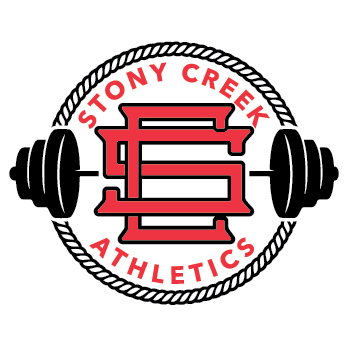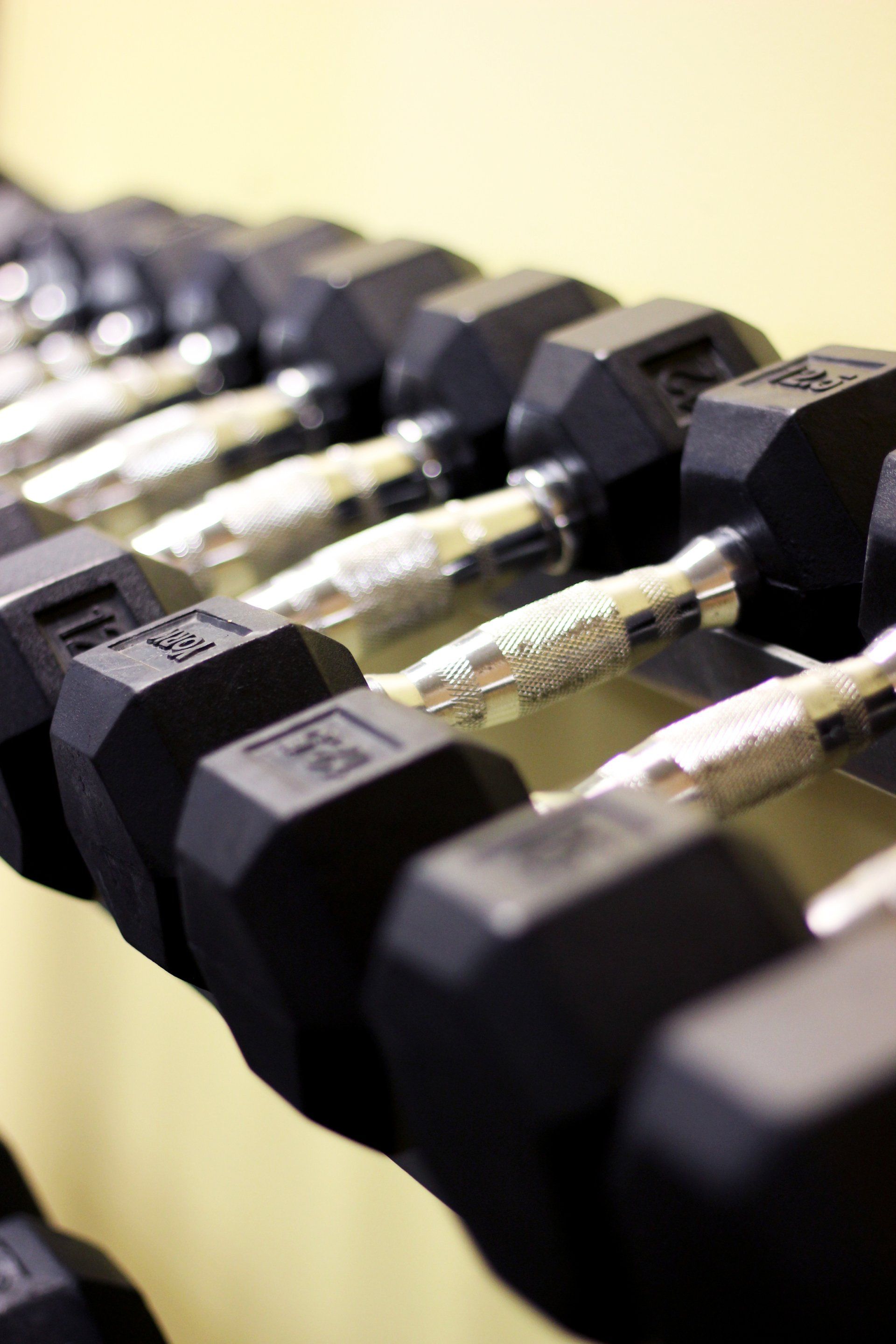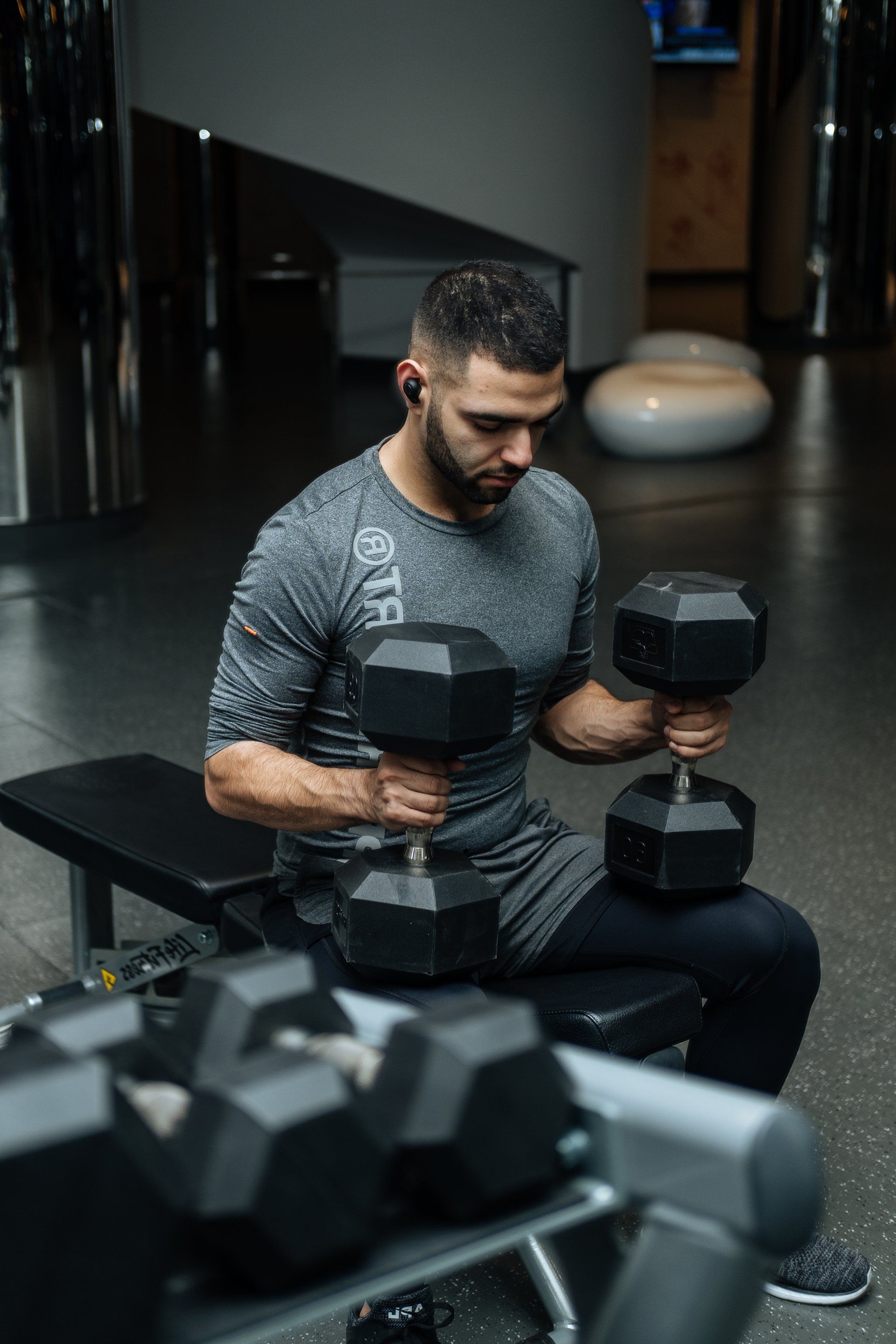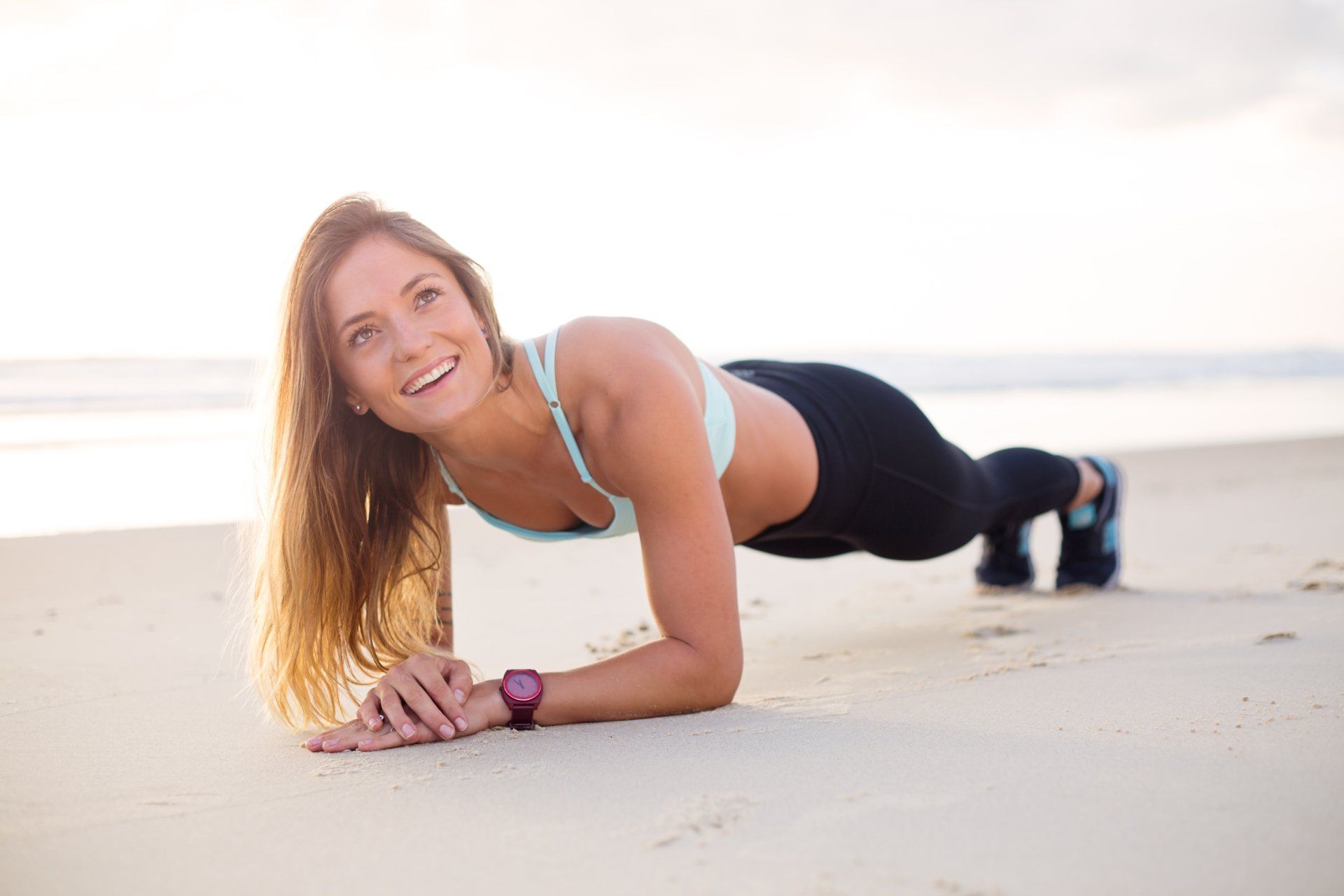Shoulder Rehabilitation and Injury Prevention: A Comprehensive Guide
Today, we want to share a comprehensive guide on shoulder rehabilitation and injury prevention. As fitness enthusiasts and trainers, we understand the importance of strong and healthy shoulders in any workout routine. Whether you're recovering from an injury or looking to prevent one, we've got you covered with effective strategies, stretches, and exercises.
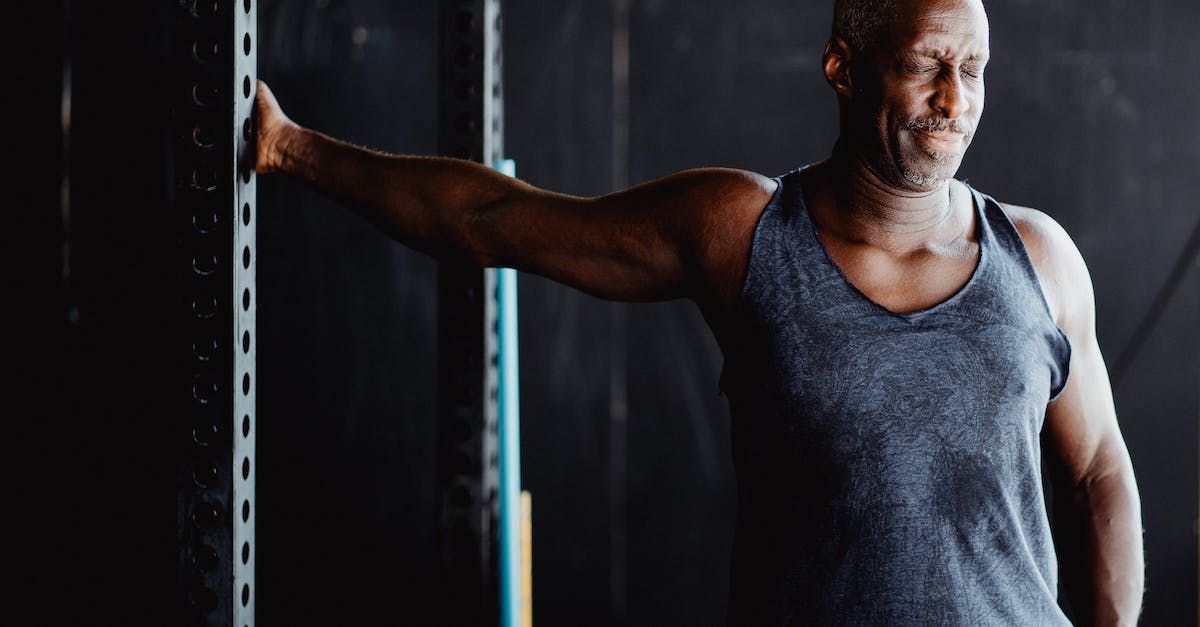
Stretching for Shoulder Injury Prevention
Stretching plays a crucial and essential role in preventing potential shoulder injuries. By incorporating a series of I, Y, and L stretches into your regular warm-up routine, you can effectively enhance and improve both shoulder flexibility and mobility. It is widely recognized that these specific stretches target the muscles and tendons surrounding the shoulder joint and help to increase their range of motion, thus reducing the likelihood of injury during physical activity or exercise. So, before engaging in any vigorous shoulder-intensive workout or sport, take a few extra minutes to perform these beneficial stretches. Not only will they help to warm up the muscles, but they will also provide a solid foundation for proper shoulder movement and function. By dedicating time to include I, Y, and L stretches in your warm-up routine, you are taking a proactive approach towards safeguarding your shoulders and ensuring they remain healthy, strong, and injury-free. So, make it a habit to prioritize stretching as an integral part of your fitness regimen, and reap the long-term benefits of improved shoulder flexibility and mobility.
Shoulder Stretches:
- I Stretch: Stand tall with your arms extended in front of you, forming the letter "I." Gently lift your arms overhead, maintaining a straight line. Hold for 10-15 seconds and repeat for 2-3 sets.
- Y Stretch: Assume a Y-shaped position with your arms raised at a 45-degree angle. Slowly lift your arms overhead, forming the letter "Y." Hold for 10-15 seconds and repeat for 2-3 sets.
- L Stretch: Place your arms in a 90-degree position against a wall. Gently press your chest forward while keeping your arms firmly against the wall. Hold for 10-15 seconds and repeat for 2-3 sets.
- Cross-Body Shoulder Stretch:
- Stand or sit with your feet shoulder-width apart.
- Reach your right arm across your chest.
- Use your left hand to gently pull your right arm closer to your body until you feel a stretch in your right shoulder.
- Hold the stretch for 15-30 seconds, then switch sides and repeat.
- Perform 2-3 repetitions on each side.
- Doorway Stretch:
- Stand in a doorway with your arms extended and palms resting on the door frame at shoulder height.
- Take a step forward with one foot, creating a slight bend in your front knee.
- Lean your body forward slightly, feeling the stretch in your chest and shoulders.
- Hold the stretch for 15-30 seconds.
- Repeat on the other side and perform 2-3 repetitions on each side.
- Cow Face Pose:
- Sit or stand with your spine straight.
- Bring your right arm up and bend it at the elbow, reaching your hand down your upper back.
- Reach your left arm behind your back and bend it at the elbow, reaching your hand up towards your right hand.
- If possible, clasp your hands together or use a towel or strap to hold onto.
- Hold the stretch for 15-30 seconds, then switch sides and repeat.
- Perform 2-3 repetitions on each side.
- Child's Pose:
- Start on your hands and knees in a tabletop position.
- Sit back on your heels, extending your arms in front of you.
- Lower your chest towards the floor, stretching your arms overhead.
- Hold the stretch for 30 seconds, focusing on deep breathing and relaxation.
- Thread the Needle:
- Start on your hands and knees in a tabletop position.
- Extend your right arm out to the side, reaching it under your left arm and across the floor.
- Lower your right shoulder and temple towards the floor, feeling a stretch in your right shoulder and upper back.
- Hold the stretch for 15-30 seconds, then switch sides and repeat.
- Perform 2-3 repetitions on each side.
Remember to perform these stretches slowly and gently, avoiding any bouncing or jerking movements. Stretch to a point of mild tension, not pain, and focus on maintaining proper breathing throughout each stretch. Incorporate these stretches into your warm-up routine or cool-down after your workout to improve shoulder flexibility and reduce the risk of injury.
Proper Form During Lifts
Maintaining proper form during exercises is paramount for shoulder health. Take the bench press, for example. Ensure your hands are lined up on the bar, forming a right angle at your elbow. Keep your elbows in as the bar comes down to your chest. This position minimizes stress on your shoulder joints and reduces the risk of strains or impingements.
Here are some of the top mistakes that can cause shoulder injury to steer clear of:
- Overloading Weights: Lifting weights that are too heavy for your current strength level can strain your shoulder muscles and joints. Start with lighter weights and gradually increase the load as you gain strength and confidence.
- Lack of Warm-up: Skipping warm-up exercises can lead to stiff and tight muscles, making your shoulders more susceptible to injury during your workout. Always perform a proper warm-up, including dynamic stretches, to prepare your shoulders and the surrounding muscles.
- Incorrect Bench Press Technique: One of the most common mistakes is improper bench press form. Avoid flaring your elbows out excessively while lowering the bar, as this can put immense stress on your shoulders. Instead, keep your elbows at a 45-degree angle to your body.
- Overhead Pressing with Poor Alignment: When performing overhead presses, avoid arching your lower back excessively or pushing your head forward. This misalignment can strain your shoulders and may lead to injury over time. Maintain a neutral spine and engage your core for stability.
- Neglecting Rotator Cuff Exercises: Neglecting to strengthen the rotator cuff muscles can leave your shoulders vulnerable to injury. Incorporate exercises like external and internal rotations into your routine to support and stabilize the shoulder joint.
- Improper Pull-up Form: During pull-ups, avoid excessively shrugging your shoulders or using momentum to swing your body. These actions can lead to undue stress on your shoulders. Instead, focus on using controlled movements and engaging your back muscles.
- Incorrect Dumbbell Raises: When performing lateral raises or front raises, avoid lifting the dumbbells too high, which can strain your shoulder joints. Aim to lift to shoulder height, keeping your elbows slightly bent and maintaining controlled movements.
- Neglecting Rest and Recovery: Overtraining can lead to muscle fatigue and decrease shoulder stability. Ensure you allow adequate rest and recovery between workout sessions to promote muscle repair and growth.
Gradual Rehabilitation
If you're recovering from a shoulder injury, don't rush back into heavy lifting. Gradually reintroduce exercises that focus on shoulder stability and strength. Start with resistance bands and lightweight dumbbells to rebuild the muscles around your shoulders. Our personalized training programs at Stony Creek Fitness can guide you through the right progression, ensuring a safe and successful rehabilitation journey.
Top Shoulder Exercises and How to Do Them:
- Face Pulls: Attach a resistance band to a stable anchor point at chest height. Grasp the band handles with an overhand grip, and pull the bands towards your face, squeezing your shoulder blades together. Slowly return to the starting position. Perform 3 sets of 12-15 repetitions.
- Lateral Raises: Stand with your feet shoulder-width apart, holding dumbbells at your sides. Raise your arms out to the sides until they are parallel to the floor, then lower them slowly. Perform 3 sets of 10-12 repetitions.
- Shoulder Press: Sit on a bench with back support, holding dumbbells at shoulder height. Press the dumbbells overhead until your arms are fully extended, then lower them back down. Perform 3 sets of 8-10 repetitions.
- External Rotations: Stand with your elbow bent at 90 degrees and your upper arm against your side. Hold a resistance band in your hand, and rotate your forearm away from your body, keeping your elbow stationary. Perform 3 sets of 12-15 repetitions on each arm.
- Internal Rotations: Stand with your elbow bent at 90 degrees and your upper arm against your side. Hold a resistance band in your hand, and rotate your forearm inward, keeping your elbow stationary. Perform 3 sets of 12-15 repetitions on each arm.
- Bent-over Rows: Hold dumbbells with an overhand grip, and bend forward at your hips. Pull the dumbbells up towards your chest, squeezing your shoulder blades together. Lower the dumbbells back down slowly. Perform 3 sets of 10-12 repetitions.
- Upright Rows: Hold a barbell with an overhand grip, hands shoulder-width apart. Lift the barbell towards your chin, keeping it close to your body. Lower the barbell back down slowly. Perform 3 sets of 10-12 repetitions.
- Arnold Press: Sit on a bench with dumbbells held at shoulder height, palms facing your body. As you press the dumbbells overhead, rotate your palms outward. Lower the dumbbells back down with the palms facing your body. This exercise targets the front and side deltoids.
- Bent-over Reverse Fly: Bend forward at your hips with a slight bend in your knees. Hold dumbbells with your palms facing each other. Lift the dumbbells out to the sides, squeezing your shoulder blades together. Lower the dumbbells back down with control. This exercise targets the rear deltoids and upper back muscles.
- Push Press: Begin with the dumbbells at shoulder height, palms facing forward. Bend your knees slightly and explosively press the dumbbells overhead while extending your legs. Lower the dumbbells back to your shoulders with control. This exercise works the entire shoulder complex and involves leg drive for added power.
- Face Pulls with External Rotation: Attach a resistance band to a cable machine at eye level. Grab the handles with an overhand grip and pull the band towards your face, squeezing your shoulder blades together. As you reach your face, externally rotate your shoulders by turning your palms upward. Slowly return to the starting position. This exercise targets the rear deltoids and helps improve shoulder stability.
- Dumbbell Cuban Press: Stand with your feet shoulder-width apart, holding dumbbells at your sides. Perform a lateral raise to shoulder height, then rotate your shoulders forward, bending your elbows and pressing the dumbbells overhead. Rotate your shoulders backward to lower the dumbbells back down. This exercise engages all three deltoid heads and helps improve shoulder mobility.
- Cable External Rotations: Attach a D-handle to a cable machine at waist height. Stand sideways to the machine, and grip the handle with the hand farthest from the machine. Keep your elbow bent at 90 degrees, and rotate your forearm outward, away from the machine. Return to the starting position with control. This exercise targets the rotator cuff muscles, specifically the external rotators.
Remember to always perform exercises with proper form and avoid using weights that are too heavy for your current strength level. Gradually increase the intensity and challenge of your shoulder exercises as you progress. Additionally, make sure to balance your shoulder workouts with exercises that target other muscle groups to maintain overall body strength and stability.
Your shoulder health is crucial for overall fitness and functionality. Whether you're working on injury prevention or rehabilitation, remember to prioritize stretching, maintain proper form during lifts, and gradually progress through your exercises. As personal trainers at Stony Creek Fitness, our focus is on guiding you with personalized workouts and expert advice to keep your shoulders strong and injury-free.
Sources:
- Reid, A., Birmingham, T. B., & Alcock, G. K. (2012). Efficacy of a rotator cuff strengthening program in shoulders with calcium deposits: a randomized controlled trial. Journal of Orthopaedic & Sports Physical Therapy, 42(2), 31-40. [Link: https://pubmed.ncbi.nlm.nih.gov/21904789/]
- Tucci, H. T., Martins, J., de Souza, J. A., Garcez-Leme, L. E., de Oliveira, A. S., & Ejnisman, B. (2017). Shoulder Internal and External Rotation Range of Motion in Uninjured High School Baseball Pitchers and Professional Baseball Pitchers. Orthopaedic Journal of Sports Medicine, 5(3). [Link: https://www.ncbi.nlm.nih.gov/pmc/articles/PMC5357355/]
- Wilk, K. E., Macrina, L. C., Fleisig, G. S., Porterfield, R. A., Simpson, C. D., Harker, P., & Andrews, J. R. (2011). Correlation of Glenohumeral Internal Rotation Deficit and Total Rotational Motion to Shoulder Injuries in Professional Baseball Pitchers. The American Journal of Sports Medicine, 39(2), 329-335. [Link: https://pubmed.ncbi.nlm.nih.gov/21123638/]


